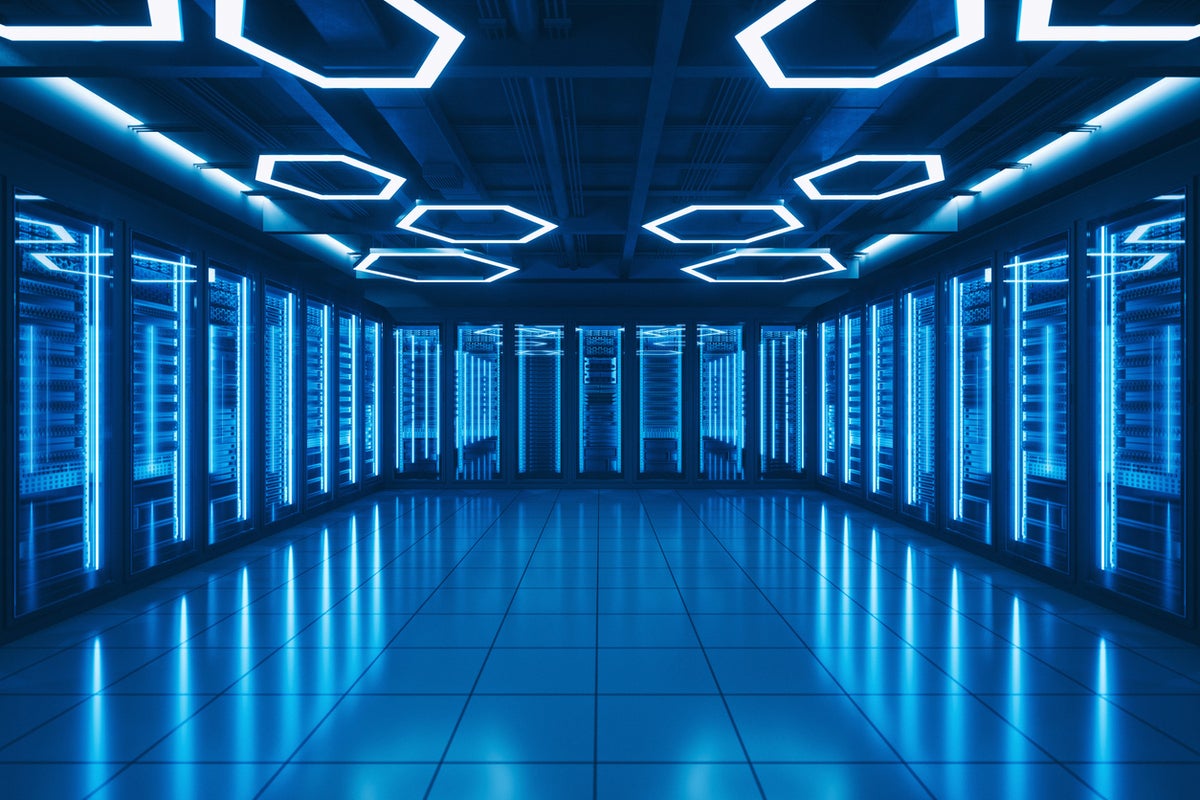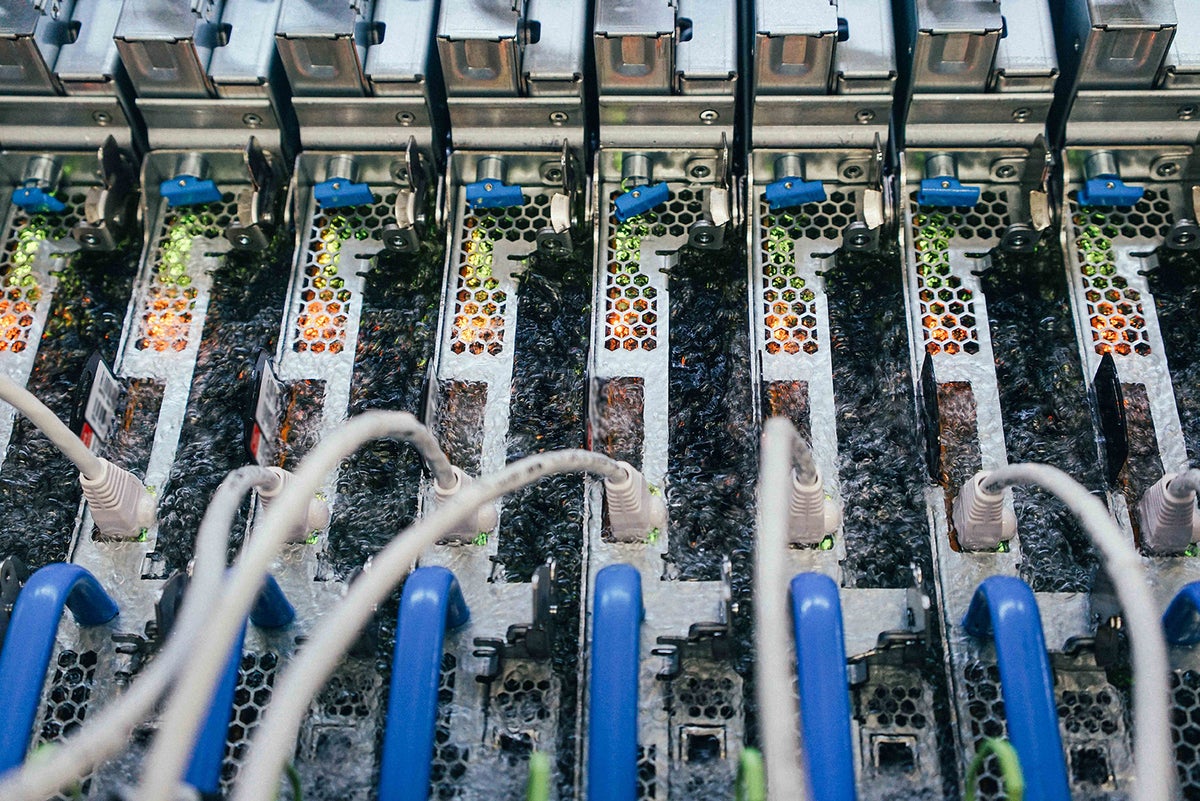
IBM has unveiled the next generation of its LinuxONE server, which uses the Telum processor found in the System Z mainframe, promising both scale-out and scale-up performance and much lower power use.
Officially dubbed IBM LinuxONE Emperor 4, even though it uses the System Z processor, it only runs Linux-based workloads. The system is tailored to meet the needs of Linux workloads in the data center, according to Marcel Mitran, IBM Fellow, CTO of Cloud Platform, IBM LinuxONE.
He says that if a customer has Linux-based workloads running on a Z series, they will be portable to the Emperor server. The server can run Red Hat, SuSe, and Canonical Linux distros.
The new LinuxOne Emperor 4 system comes in a full-sized rack around the size of a standard server cabinet. It supports 32 IBM Telum processors with a total of 200 cores and features up to 40TB of Redundant Array of Independent Memory, a form of memory with even more advanced error correction than ECC memory.
LinuxONE Emperor 4 is engineered to be a scale-out-on-scale-up system, meaning it can run “tens of thousands of workloads on a massive shared infrastructure as scalable without impacting performance and service levels,” said Mitran.
Mitran says that the LinuxOne Emperor 4 provides seven nines of availability (99.99999%), which translates into only three seconds of downtime in a year.
ESG-friendly
IBM’s also making some big boasts on the energy efficiency side of things. It claims that consolidating Linux workloads on five IBM LinuxONE Emperor 4 systems instead of running them on comparable x86 servers under similar conditions can reduce energy consumption by 75% and floor space by 50%.
CIOs and CTOs have never had more on their plate to deal with, Mitran says. They’re dealing with aggressive digital-transformation roadmaps. They’re dealing with data-intensive AI workloads, cyberattacks, and new security threats on a daily basis.
“So, it’s no surprise that you throw sustainability into the mix there. It’s not getting necessarily the focus it needs or deserves to be successful, and that’s why it’s not surprising that 86% of companies have a sustainability strategy and only 35% have actually acted on it,” he says, citing IBM research.
One company that did act was Citi, according to Mitran. The banking giant moved its MongoDB database off of x86-based infrastructure to LinuxONE. In the process, it was able to reduce the power footprint by more than 50% and saw an improvement in performance of approximately 15%. It also was able to achieve sub-second error recovery time for multi-terabyte instances of MongoDB.
“We’re allowing CIOs and CTOs to not only achieve their sustainability goals, but do so while maintaining and improving performance while delivering scale and simplifying security and compliance along the way,” said Mitran.
The full-size LinuxONE Emperor 4 is generally available globally on September 14, with entry and mid-range systems to follow in the first half of 2023. They are available on both consumption-based pricing models as well as outright purchase.





